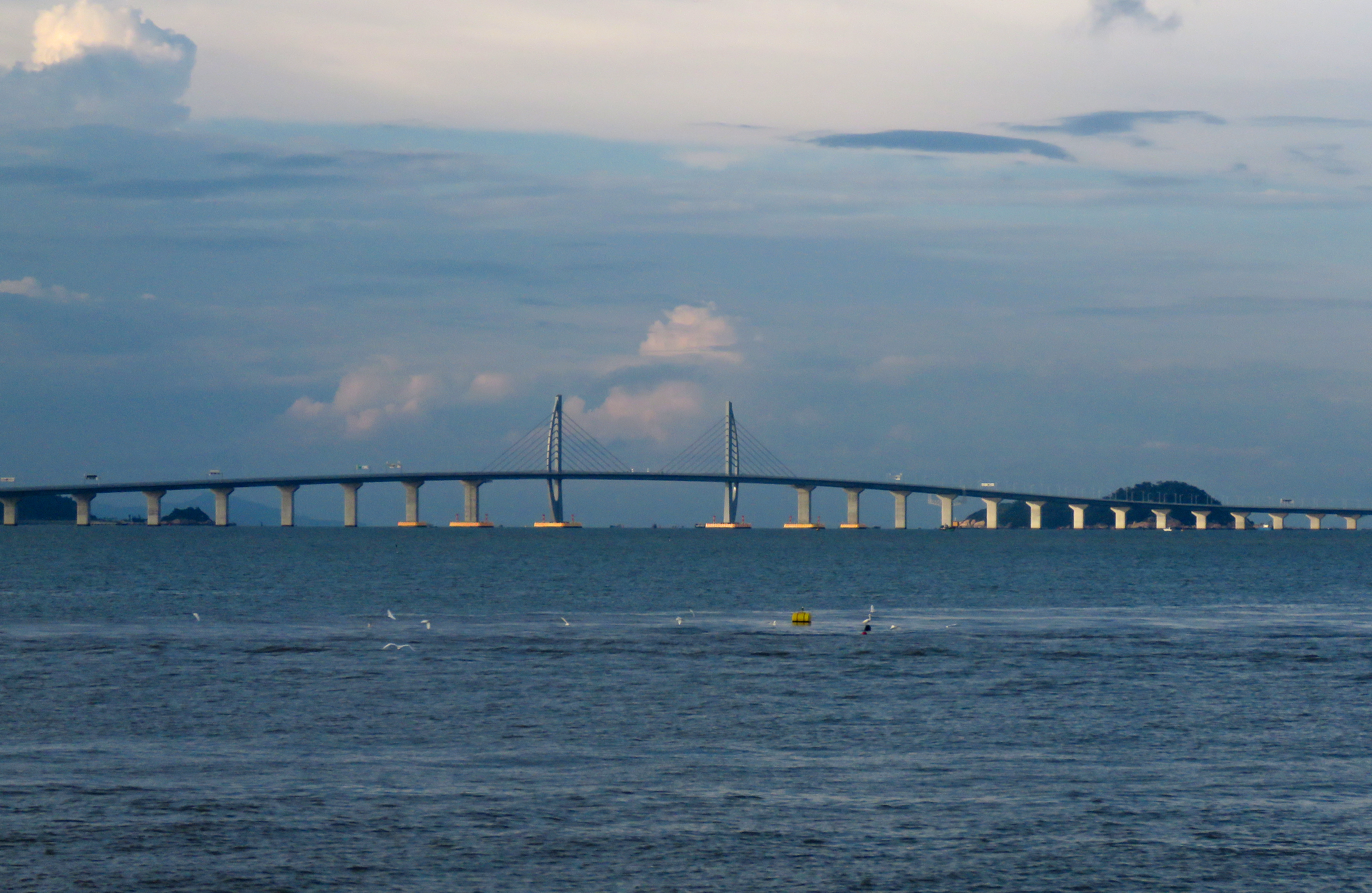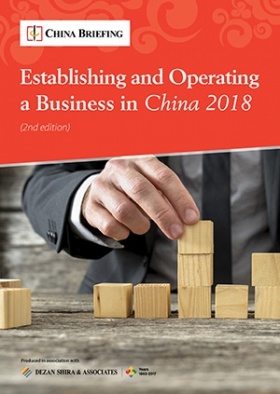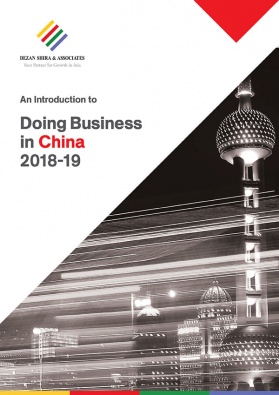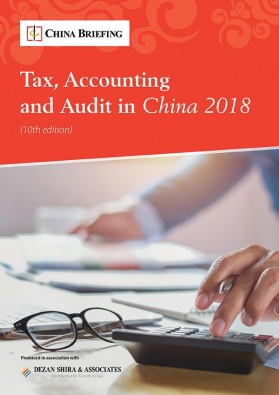Hong Kong-Zhuhai-Macau Bridge: Mainland Connectivity Key to Bay Area Ambitions
The Hong Kong-Zhuhai-Macau Bridge – another marquee infrastructure project in China’s Greater Bay Area – finally opened to public traffic on October 24.
Billed as the world’s longest sea-crossing bridge at 55 kilometers (34 miles), it connects the Hong Kong and Macau special administrative regions with the mainland Chinese city of Zhuhai.
The mega bridge infrastructure also includes a 6.7-kilometer (four mile) submerged tunnel between two artificial islands to circumvent the Pearl River Delta’s busy shipping route.
Completed nine years after construction began, the mega bridge has been chased by controversy since inception – over construction problems, environmental concerns, massive budget overruns, and complex permit requirements.
Co-funded by the central government in Beijing and Hong Kong and Macau, the final cost of the entire undertaking appears to have reached US$20 billion, after an initial projection of US$9.7 billion in 2009.
Greater Bay Area integration
The over-budget mega bridge comes a month after the high-speed rail connecting Hong Kong to the mainland started services. Both transport structures are considered important links in the development of the Guangdong-Hong Kong-Macau Greater Bay Area as a world class city cluster.
China wants to transform the region, which covers 56,500 square kilometers (21,800 square miles) across southern China, along the lines of the San Francisco Bay Area and establish a technology innovation hub akin to Silicon Valley.
The Greater Bay Area encompasses 11 cities (nine in the Guangdong province, and Hong Kong and Macau) whose cumulative GDP is US$1.69 trillion (contributing to 14 percent of the national GDP) and is home to an estimated 68 million people.
Besides increased transport options, the bridge will shorten travel times. Driving from Hong Kong International Airport to Zhuhai will get cut down from four hours to 45 minutes, and commuting time between the ports will also be halved. Bus and shuttle services along the six-lane highway will be more frequent than the Hong Kong-Macau ferry.
Using the mega bridge is complicated
Debate is still rife over the actual economic value of the Hong Kong-Zhuhai-Macau Bridge.
The application procedure for drivers is complicated and there is a quota on the movement of private cars. For instance, Hong Kong private car users will need permits from all three cities – Hong Kong, Zhuhai, and Macau. Processing times for an application to obtain Hong Kong and Macau permits takes about 12 working days. Insurance from Macau and Zhuhai is also required, and car owners need to reserve parking spaces 12 hours before departure.
At the same time, authorities want the bridge to be viewed as business friendly. Applications to use the bridge are open to local and recognized high-tech firms and those enterprises who made tax payments of at least RMB 100,000 (US$14,361) in Guangdong over the past three years.
It is also open to Hong Kong residents who have made large charitable donations (more than US$718,050 or RMB 5 million) in Guangdong province and members of the National People’s Congress as well as the Chinese People’s Political Consultative Conference at all administrative levels of Guangdong province.
Low truck frequency, high passenger use reported in first week
Over five days, between October 24 and 29, the bridge was estimated to being used 3,120 times in total; the numbers of container trucks using the bridge was in the low double digits. Authorities argue that this movement will pick up soon after a period of adaptation, especially in the logistics and cargo handling sectors.
Moreover, the Hong Kong-Zhuhai-Macau Bridge is gaining popularity with individual passengers using shuttle buses; 90 shuttle buses depart from Hong Kong port between 6pm and 8pm. Over the weekend, 68,000 passengers used the bridge on Saturday and 78,000 on Sunday. (Shuttle bus services cost between US$8-10 for a single trip, depending on the time of day.)
Business optimism remains mixed
Critics of the mega structures rue the massive expenses and point to the reinforced connection with the mainland – some calling the mega bridge a visible ‘umbilical cord’. Many fear the recent transport structures will bolster mainland political agendas, especially as trade and manufacturing face external headwinds sharpened by the trade conflagration with the US.
Some Hongkongers, however, believe that increasing congestion in the city means that greater connectivity will open up housing options and ease worker mobility. The question is at what cost?
Regardless of the benefits, the mega bridge and high-speed rail move across different legal systems, which have clear boundaries in place. How much of this is political enterprise on Beijing’s part will become clear in days to come as China aggressively takes on regional reforms and infrastructure investments in addition to managing the trade war with the US.
The dilemma is reflected in how businesses in Hong Kong perceive the Greater Bay Area plan itself. While they appreciate strengthening the linkages between consumers, producers, and the dockyard, there is still confusion over the regulatory ambiguity and the future implications of increasing their reliance on the mainland for jobs, investment, and innovation.
About Us
China Briefing is produced by Dezan Shira & Associates. The firm assists foreign investors throughout Asia and maintains offices in China, Hong Kong, Indonesia, Singapore, Russia, and Vietnam. Please contact info@dezshira.com or visit our website at www.dezshira.com.
- Previous Article IP in China: Specialized National Appeals Court to Improve Protection
- Next Article China International Import Expo 2018: What Should Foreign Businesses Expect









